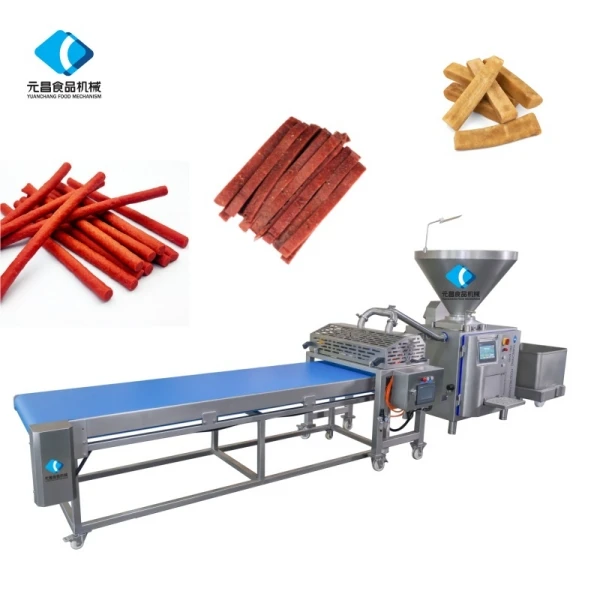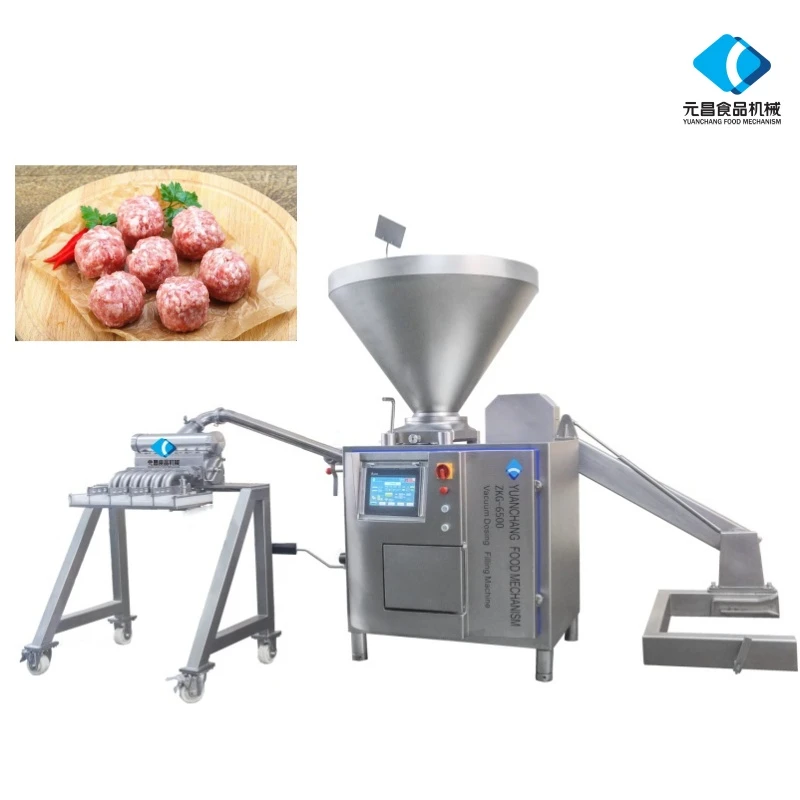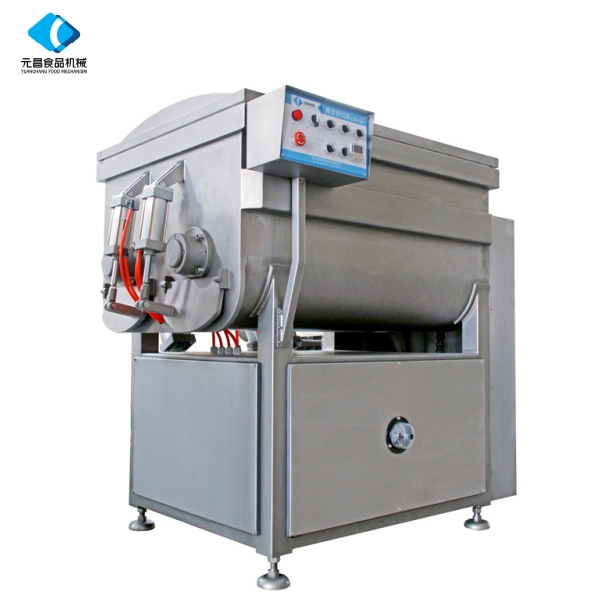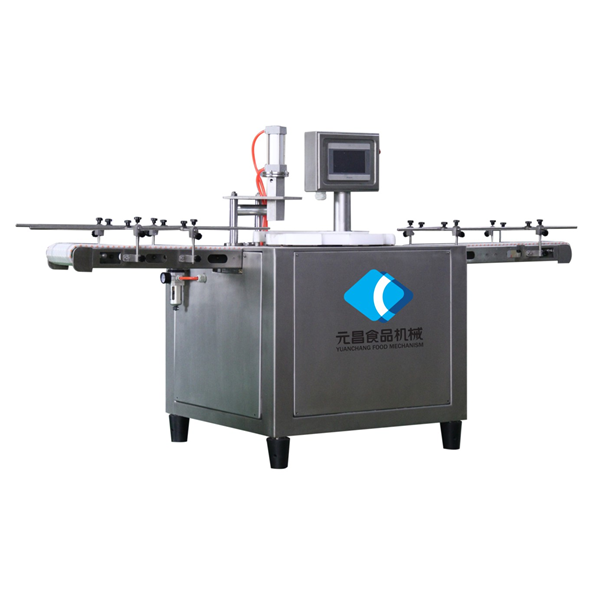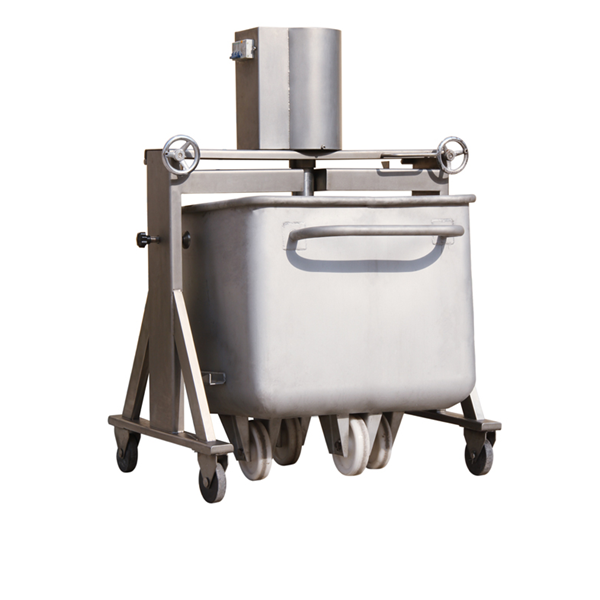The Ultimate Guide to Commercial Chicken Scalders: Efficiency, Sustainability & Innovation
The Global Importance of the Commercial Chicken Scalder
If you’re in the poultry processing arena or even casually curious about how your chicken ends up clean and ready to cook, “commercial chicken scalder” might sound like just another fancy machine. But its importance, frankly, goes beyond the factory floor. Globally, poultry is one of the most consumed meats — with production reaching over 130 million tons in 2022 according to the FAO. Efficient processing, including scalder technology, reduces contamination risk and boosts yield, directly impacting food security and safety worldwide.
Understanding commercial chicken scalders means getting a peek at how technology meets one of the world’s largest food industries. Plus, it helps processors meet skyrocketing demands while maintaining hygiene standards. Not to mention, it all adds up to lower costs for consumers and safer products on our tables.
Introduction: Why the Commercial Chicken Scalder Matters Globally
Put simply, the commercial chicken scalder is a cornerstone in modern poultry processing. Roughly 50% of worldwide poultry processing facilities rely on some form of scalder system to loosen feathers before plucking. Without it, you’re talking about manual labor that’s time-consuming, inconsistent, and a hygiene nightmare.
In emerging economies, where poultry farming is a major source of income and nutrition, the challenge is scaling up production without losing control on cleanliness. It’s a problem acknowledged by the International Organization for Standardization (ISO) who have set hygiene and food safety standards shaping today's scalder designs.
On the environmental front, inefficient scalders use excessive water and energy, causing costs to spiral and leaving a nasty footprint. Enter new-generation commercial chicken scalders addressing sustainability concerns while maintaining efficiency. So, this isn’t just about feathers—it’s about smart food production in a hungry, resource-conscious world.
What Exactly Is a Commercial Chicken Scalder?
At its core, a commercial chicken scalder is a machine that gently immerses poultry carcasses in hot water to loosen feathers before they’re plucked off. Think of it as a spa day for chickens — warm water softening feathers so they come off cleanly without damaging the skin. This sound simple, but the exact temperature, immersion time, and water agitation matter a lot. They balance feather removal efficiency with meat quality maintenance.
The scalder originated with manual dipping but has evolved into fully automated systems capable of handling thousands of birds per hour. Today’s scalders connect seamlessly to plucking machines, optimizing the whole line.
Key Features and Components of Commercial Chicken Scalders
1. Temperature Control
The soul of any scalder is precise temperature management. Usually between 50°C to 62°C (122°F to 143°F), since too low leaves stubborn feathers, too high cooks the skin prematurely. Digital thermostats and real-time sensors ensure consistent conditions.
2. Water Circulation & Agitation
Proper water flow prevents birds from overheating in “dead spots” and ensures uniform feather loosening. Different designs use paddles, jets, or pumps for this purpose.
3. Capacity & Scalability
Scalders range from small batch units for small plants to large continuous models running thousands of birds per hour. Modular designs let facilities expand as demand grows.
4. Material & Hygiene
Stainless steel remains the go-to, given its corrosion resistance and easy cleanup. Some newer models boast antimicrobial surfaces to further cut contamination risks.
5. Energy Efficiency
Advanced insulation, heat recovery systems, and optimized water usage are increasingly standard features, reflecting a broader push toward sustainability.
Mini Takeaway
Getting temperature and water flow right is basically the entire scalder game — and nailing these factors can make or break your poultry processing line efficiency.
How Commercial Chicken Scalders Are Used Worldwide
Whether in industrial food plants in the US, family-owned farms in rural India, or relief operations distributing food in post-disaster zones, scalders play diverse roles. For example:
- North America and Europe: High-speed continuous scalders integrated into automated lines, serving large retail and foodservice markets.
- Southeast Asia: Semi-automated, energy-efficient models customized for lower water and electricity availability.
- Humanitarian aid: Portable scalder units deployed in disaster relief to ensure safe food preparations under challenging conditions.
One poultry cooperative in Brazil, for instance, improved throughput by 30% after switching to a continuous scalder system — a reminder that even incremental technical improvements ripple out into measurable economic benefits.
Advantages and Long-Term Benefits
You’d think a scalder is just another part of the line, but it’s a legit productivity and quality booster. Here’s why:
- Cost savings: Less manual labor, reduced downtime, and better feather removal cut operational expenses.
- Sustainability: Modern scalders use less water and energy, reducing environmental impact.
- Food safety: By precisely controlling processes, microbial contamination risk drops significantly.
- Product quality: Minimizes skin damage and preserves meat integrity, enhancing market value.
- Worker safety: Automation reduces exposure to hazardous manual tasks.
Current Trends and Innovations in Commercial Chicken Scalders
Oddly enough, in an industry that’s been around for decades, innovations keep popping. Here are some to watch:
- Digital Monitoring: IoT sensors providing real-time data on water temperature, flow rate, and machine health.
- Green Energy: Solar-powered water heating and energy recovery loops to shrink operational footprints.
- Improved Materials: Antimicrobial coatings and more durable, lightweight alloys helping hygiene and maintenance.
- Automation Integration: Robotics for loading/unloading birds and linked pluckers improve line speed and consistency.
Challenges and How Industry Leaders Are Tackling Them
Of course, no system is perfect. Typical challenges include:
- Water Waste: Large volumes of hot water are required, but recycling solutions are expensive.
- Energy Use: Heating water continuously is energy-intensive; power costs remain a big line item.
- Scaling for Small Producers: Many small farms can’t afford large automated systems.
Companies are innovating by offering modular, portable units and investing in energy-efficient components. Commercial chicken scalder vendors often combine scalability with local customization to solve these pain points.
Product Specification Table
| Feature | Standard Model X1 | Advanced Model Pro |
|---|---|---|
| Capacity (birds/hour) | 2000 | 6000 |
| Temperature Range | 50–60°C | 50–62°C |
| Water Usage (L/hour) | 1000 | 850 (with recycling) |
| Power Consumption | 5 kW | 7 kW (energy efficient) |
| Material | Stainless steel | Antimicrobial-coated steel |
| Control System | Manual | IoT-enabled digital |
Vendor Comparison Table: Choosing the Right Scalder Partner
| Vendor | Price Range | Warranty | Service Network | Customization |
|---|---|---|---|---|
| Y&C Meat Machines | $$$ | 3 years | Global | High |
| ScaldTech | $$ | 2 years | Regional (USA, EU) | Medium |
| AgriPro Systems | $ | 1 year | Limited | Low |
Frequently Asked Questions About Commercial Chicken Scalders
What temperature should a commercial chicken scalder maintain?
Generally, the optimal water temperature ranges from 50°C to 62°C. It’s a narrow window — too cool, and feathers won’t loosen; too hot, and you risk damaging the skin, which lowers product quality.
How do modern scalders save water compared to older models?
New scalders incorporate water recycling systems and better insulation, which reduce water use by up to 15-20%. Some also use filtration to keep scalding water cleaner longer.
Can small poultry farms afford commercial chicken scalders?
Yes, manufacturers now offer modular, smaller-scale scalders tailored to small farms. Though initial investment can be a hurdle, the time and labor savings often justify the cost quickly.
How does a commercial chicken scalder improve worker safety?
By automating feather loosening, workers avoid repetitive manual dipping tasks, reducing risks of burns and repetitive strain injuries. Plus, reduced human contact improves hygiene.
Is integrating digital controls worth it for small to mid-sized plants?
Digital controls might seem like overkill but offer precision and monitoring that help reduce waste and downtime, often paying off faster than expected.
Conclusion: Chicken Scalders — More Than Just a Machine
It’s easy to overlook the role the commercial chicken scalder plays beyond just feather removal. It’s an unsung hero ensuring food safety, efficiency, and sustainability in a massive global industry. For producers who want smoother operations, higher quality, and sustainability compliance, investing in a good scalder becomes a no-brainer. If you're considering an upgrade or starting fresh, check out the latest commercial chicken scalder options designed with modern demands in mind. Because at the end of the day, it’s not just about feathers — it’s about feeding the world responsibly.
References
-
Discover the Benefits of Vacuum Marinating Machines for Efficient Food ProcessingNewsNov.24,2025
-
Chicken Harvesting Equipment: Efficient & Humane Solutions for Poultry ProducersNewsNov.22,2025
-
Comprehensive Guide to Meat Processing Plant Equipment | Efficiency, Safety & SustainabilityNewsNov.21,2025
-
Meat Processing Bins: Durable Solutions for Safe & Efficient Meat Handling WorldwideNewsNov.20,2025
-
Best Commercial Marinating Machines for Meat Processing | Efficient & ScalableNewsNov.20,2025





